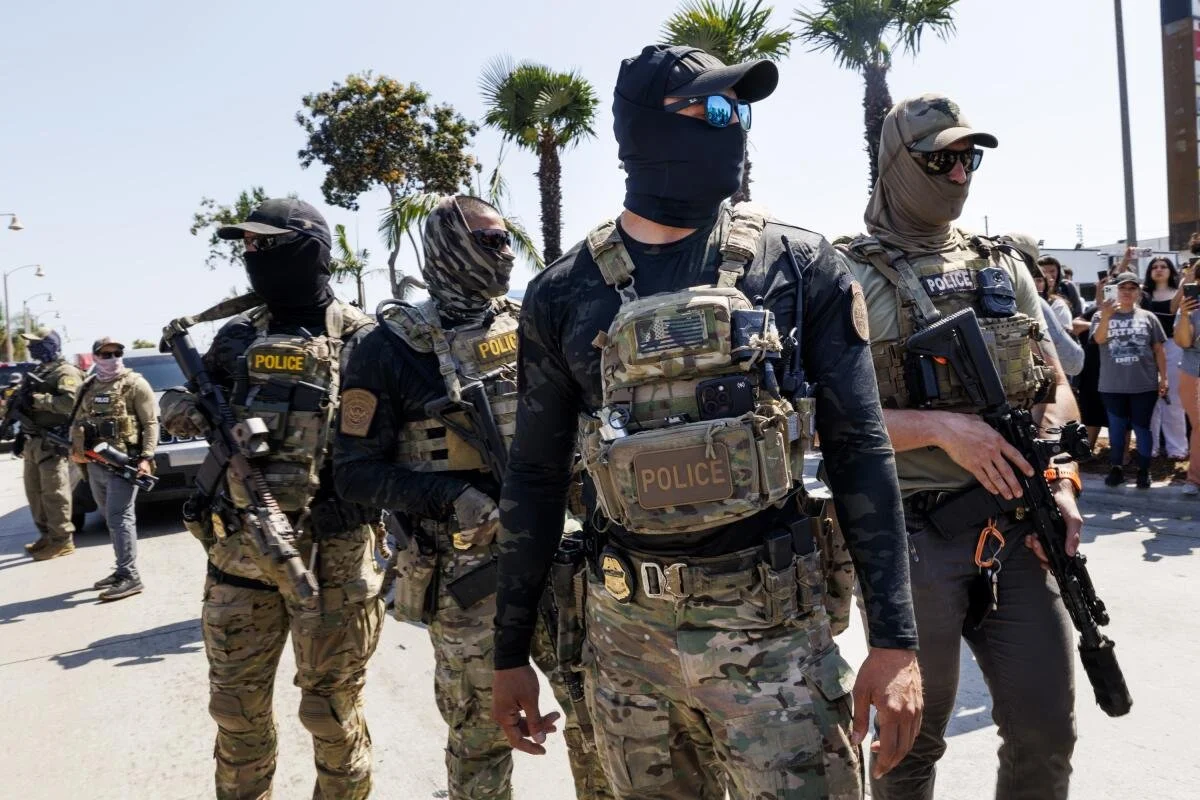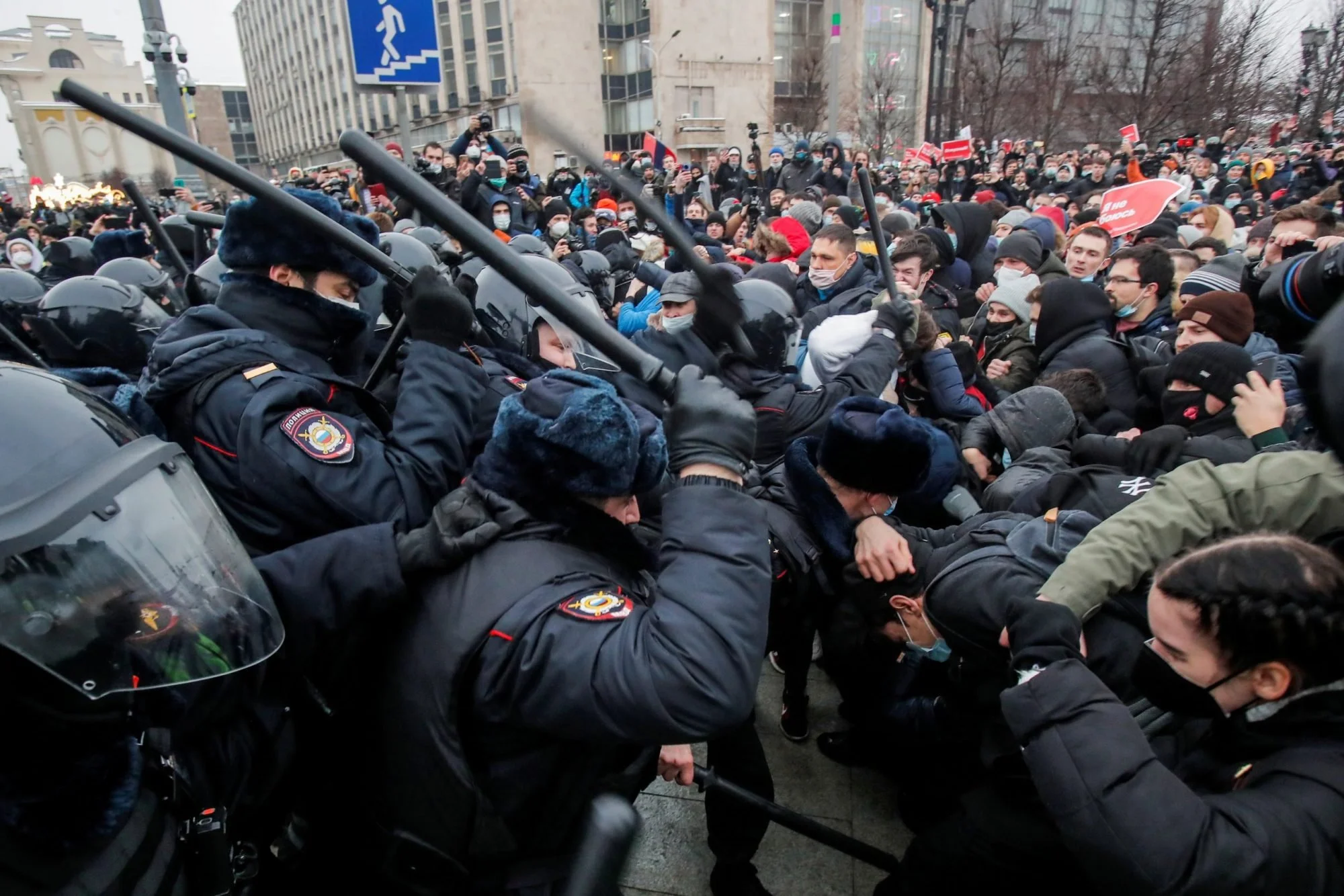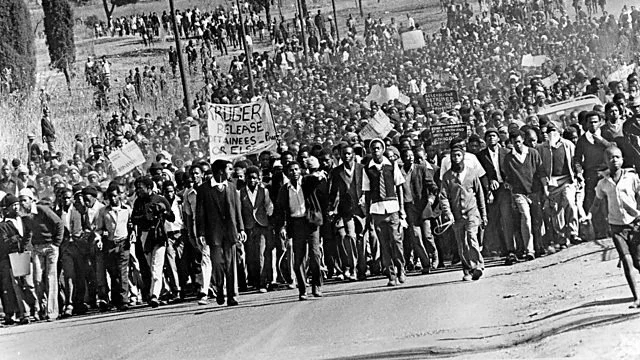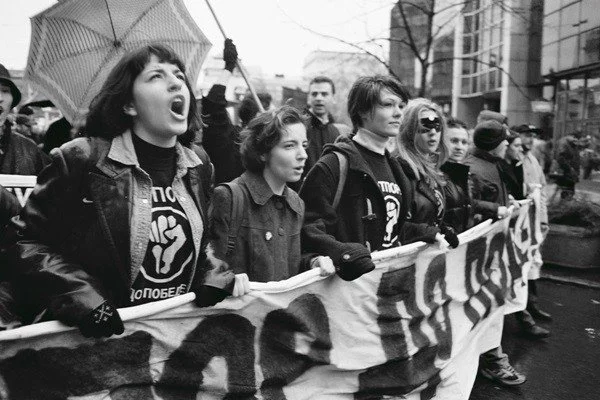information
What is authoritarianism?
The Horizons Project- an organization of political scientists and scholars- refers to authoritarianism as “the concentration of power in the hands of a small group of people who act in ways that are not constitutionally accountable to the people they are meant to represent and serve”.
An autocratic regime normally comes to power after a series of relatively small autocratic jumps over a long period of time that lead up to a shorter period of more dramatic democratic backsliding.
Autocracy looks different depending on the country you look at, but the framework tends to stay the same. Autocracies form when economic, legal, political, and/or other systems work together to give legitimacy to an oppressive regime and help it stay in power or take more power than constitutionally granted. In autocracies, those in government or other positions of power use anti-democratic actions (such as conspiracy theories or intimidation tactics) to manipulate, intimidate, and divide the society that they rule.
How can you know it when you see it?
Since Donald Trump was elected, rankings of American democracy given by political scientists and historians have dropped significantly. A survey conducted by Bright Line Watch using a 100 point scale (with 100 being a perfect democracy), showed a 12 point drop in how political scientists and scholars ranked American democracy. It went from 67 in the November that Trump was re-elected to 55 a couple weeks into his second term.
When making their rankings, those surveyed took different things into account- like the strength of American checks and balances, the presence of political violence within the US, and any disregard of due process or attacks on constitutional freedoms.
When the question “If chosen, how would you help advance President Trumps executive orders?” was implemented into the application process for historically non-political civil service jobs, American democracy took a hit.
When the national guard was sent into LA, and then DC, and then Portland, Oregon without the crisis needed to make that move constitutional, the executive branch was once again strengthened- another hit for our democracy.
When ICE became the most funded government agency while still violating due process rights guaranteed by the constitution and detaining US citizens, that signaled the rise of a para-military force, another staple of authoritarian regimes.
Photo of Russian protests after the jail of popular opposition leader Alexey Navalny.
inspiration
How have past resistance movements fought back?
Successful resistance movements have had three key features. First, they have been non-violent. Second, they have engaged a broad group of people, starting with students from all walks of life and eventually bringing in more people of different ages and backgrounds. Third, they have used a variety of different tactics.
One popular tactic in resistance movements is mass non-cooperation, where many citizens come together to showcase their non-compliance with some element of an oppressive regime or system. These can look like worker strikes, business boycotts or school walkouts. One popular example of non-cooperation was the Montgomery Bus Boycotts during the Civil Rights Movement. These boycotts lasted for over a year, and the economic pressure put on the transportation industry in the south resulted in a change of rules for those who rode the bus- creating a precedent for further change for African-Americans.
Another popular tactic is that of dispersion. Tactics of dispersion spread non-cooperation throughout locations, times, and groups of participants, which makes acts of non-cooperation harder to crack down on while simultaneously helping a movement reach more people. Examples can include electricity blackouts at a certain time every day- in homes, schools, and businesses- that symbolize opposition to a regime and put that opposition at the front of everyones mind, at least for a second.
Another great example of tactics of dispersion can be found in the Serbian Otpor! movement from the 1990s. Led by a group of young students during a period of time where Serbia was ruled by a deeply unpopular and dangerous autocrat, Otpor! used laughter to give people hope and energy to fight the regime they lived under.
Towards the beginning of their movement, Otpor! put up an empty oil barrel in the middle of a popular square in the Serbian capitol, and taped a photo of their dictator, Slobadan Milosevic, to the front of it. For 25 cents, people could get a baseball bat from inside the oil barrel and whack Milosevic’s face with it. Several minutes after the barrel was set up, a long line of angry Serbians formed, and one by one they each took their anger out on the photo of their oppressor. As Otpor! organizers watched from a nearby coffee shop, the police arrived- but unsure of who to arrest, the police chained the oil barrel and dragged it away to the nearest police station, creating photos that embarrassed the regime for weeks.
Photo from the Soweto Uprising of South African students in June of 1976 that eventually led to the end of South African apartheid.
Photo of a protest put on by Otpor! Otpor- which means Resistance in english) was a student movement that toppled the Serbian dictator Milosevic in the 1990s.



